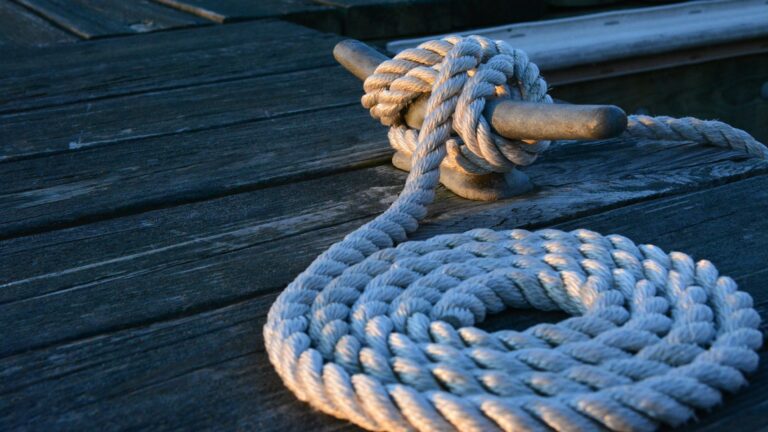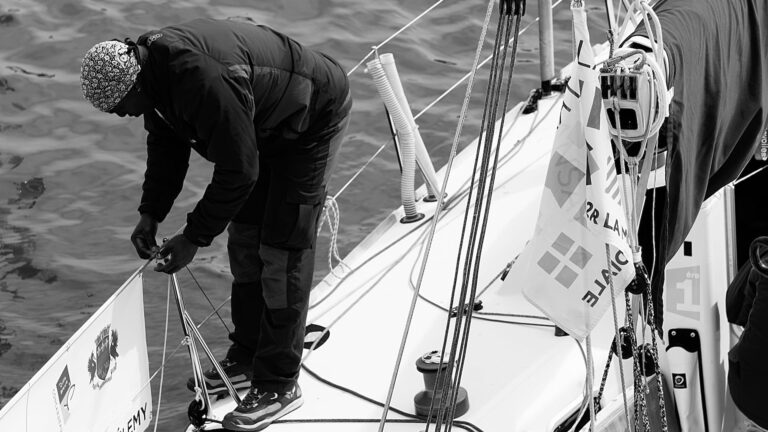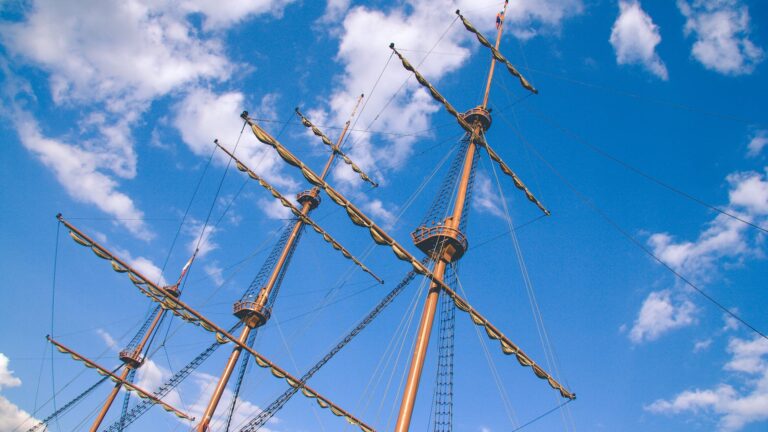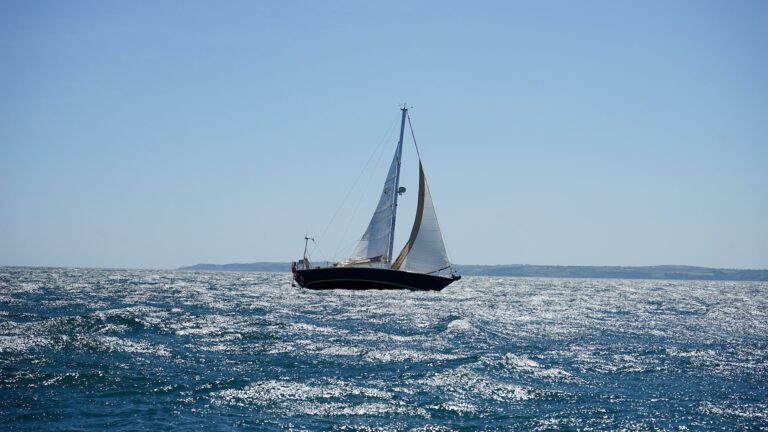How Close To The Wind Can a Sailboat Sail?
Sailing is a popular pastime for outdoor enthusiasts around the world, providing an escape from everyday life and allowing you to explore new destinations, with the power of the wind alone at your back.
But when it comes to navigating in different directions, how close can you get to the wind when sailing in a sailboat? This article will cover all you need to know about sailing upwind and offer advice on how best to sail close to the wind in various conditions.
What is Sailing?
Sailing is a type of boating that involves using sails, or cloth sheets attached to masts, as opposed to a motor or oar, to propel a boat through the water.
You can sail in any direction that offers enough wind but typically it’s best not to sail directly into the wind (known as ‘heading upwind’).
To move forward when heading upwind you usually have to adjust your trajectory slightly, so that you don’t end up going round in circles or getting stuck in a no-go zone (more on this below).
Different Types of Sailing
There are four main types of sailing: dinghy sailing, keelboat sailing, coastal cruising and offshore racing/cruising.
Dinghy sailing involves smaller boats (8-12 feet) which are often used for recreational purposes such as racing or day trips, keelboat sailing is more suited for longer trips involving bigger boats (20-50 feet), coastal cruising is mainly used for longer voyages along coastlines, and offshore racing/cruising is mainly used for competition purposes or long-distance journeys across open seas on larger vessels (50+ feet).
All these types of sailing require different skill sets, strategies and techniques which we won’t go into too much detail here but it’s important to note that they all involve heading upwind at some point during their journey so this article should provide some useful tips regardless of which type of sailing you prefer.
The No-Go Zone
Before we get into how best to sail close to the wind, we should first explain what we mean by ‘no-go zone’.
This term refers to an area within 40 degrees off the wind where you are unable to make progress due to air resistance against your sails causing them not be able generate enough thrust and drive your boat forward (more on this below).
Staying inside this zone will likely result in you going round in circles so it’s important that you stay out of this area if possible!
Heading Upwind
As mentioned earlier if you want to move forward when heading upwind then you need adjust your trajectory slightly so that your boat stays outside of the no-go zone (40 degrees off the wind) but still close enough so that your sails are being filled with enough air pressure from the wind for them generate enough thrust and drive your boat forward.
This can be achieved by zigzagging from side side just outside ofthe no-go zone as illustrated below:

The Physics of Sailboats
So now we know how best position our boat when heading upwind let’s look into why this works by looking at some basic principles associated with sailboats:
-The amount of force generated by sails depends on two main factors: air pressure from the wind and surface area (of both sails and hull).
-A sailboat can only move forward if there is an unbalanced force acting upon it pushing it forwards – this unbalanced force comes from air pressure filling sails which push against them causing them generate thrust which propels the boat forwards through water resistance against its hull surface area – this works in much same way as an aeroplane flying through air except instead water resistance against its hull surface area replaces air friction against its wings providing thrust instead lift!
-As mentioned earlier there is also no go zone within 40 degrees offthe wind where there isn’t enough air pressure against sails causingthem not be able generate enough thrust drive boat forward – hence whyyou need stay just outside no go zone if want head upwind!
Boat Design and Upwind Performance
The design features of a sailboat will also have an impact on its ability head upwind as certain features such as keel shape, hull length, weight distribution etc will all have an effect on its overall performance when heading upwind – boats with deeper keels for example tend perform better than shallower ones due added stability they provide whereas lightweight boats tend perform better than heavier ones due reduced drag caused by their weight!
Sail Trim and Upwind Performance
It’s also important consider how well trimmed sails are when headingupwind as even slightest adjustment can make huge difference overallperformance – sails should always be trimmed just right so they fillwith maximum amount air pressure without becoming over trimmedand stalling out!
Tactics for Sailing Close To The Wind
Now that we understand how boat design and sail trim affect performancewhen heading upwind let’s look into some tactics can use maximiseyour performance even further:
-Make sure that you always keep your bow pointed slightly into theno go zone – even if only few degrees off course this will ensurethat maximum amount air pressure is reaching sails whilst stillstaying out no go zone
-If possible reduce drag by using lighter lines for rigging – thistwill reduce amount pull on sails making them easier fill withair pressure from wind
-Use heavier sheets when heading directly into stronger winds asthis will keep sails filled with more air allowing them generatemaximum thrust
Understanding The Wind Conditions
Finally let’s talk about understanding different types wind conditionsthat may affect performance when heading upwind – generallyspeaking stronger winds tend be more favourable as they providebetter fill for sails allowing them generate more thrust howeverit’s important remember that gusty winds may cause unexpectedchanges direction without warning! It’s always good idea checkweather forecast before setting off ensure conditions are goingbe suitable journey ahead!
Conclusion
In conclusion we can see that there are many factors involved whendeciding how close can a sailboat sail close to the wind includingboat design, sail trim, tactics used understanding differenttypes wind conditions etc… All these elements combined willhelp ensure that optimum performance achieved when headingupwind!







